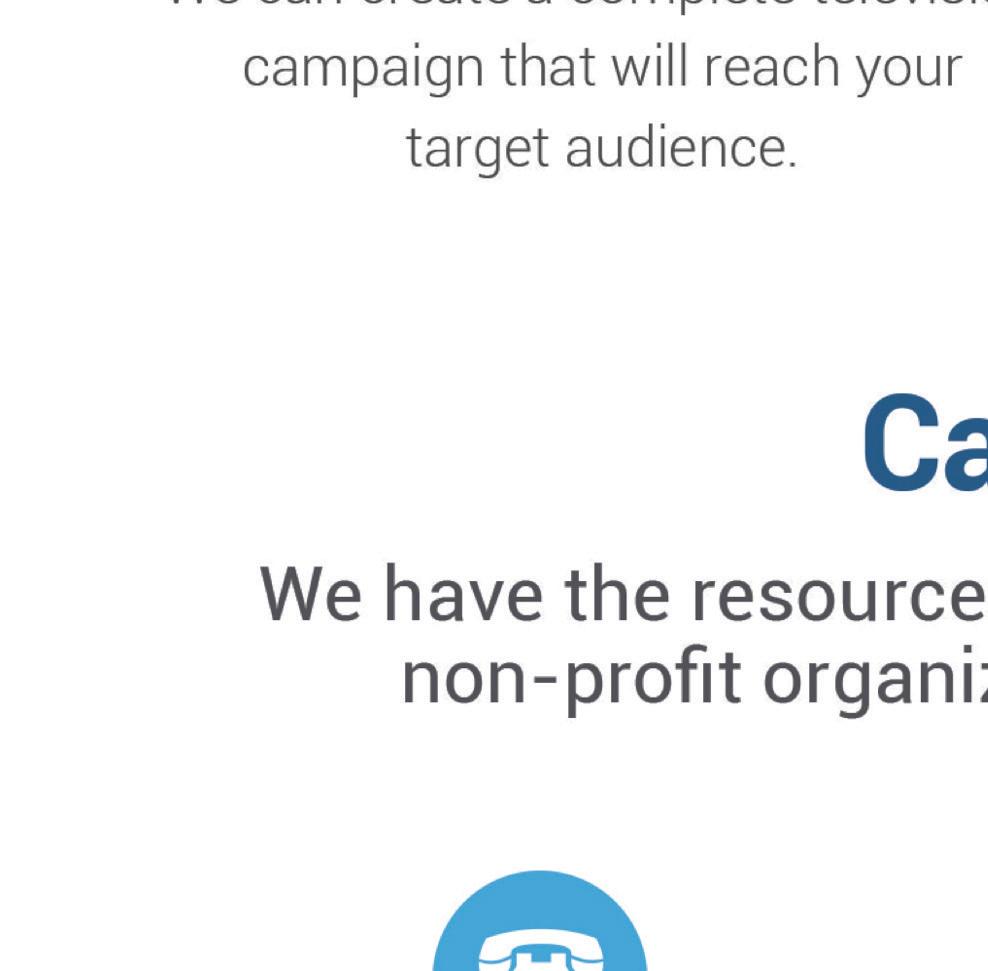
4 minute read
U.S. Bank Goals Coaches Helping Small Business Owners Navigate Pandemic
Ana Salazar U.S. Bank Goal Coach
Goals coaches are a new addition to the U.S. Bank team in Las Vegas. With training in behavior science and goal achievement, coaches help people identify and work toward aspirations such as starting a business, transitioning to a new career or sticking to a budget. When COVID-19 hit, coaches shifted from meeting in bank branches to virtual meetings – and the pandemic became a key part of most discussions with clients. We talked to two goals coaches – Walt Carey and Ana Salazar – about how the small business owners they work with are navigating the new environment, and what entrepreneurs should be thinking about in our altered landscape.
Advertisement
Walt Carey
U.S. Bank Goal Coach
1. What’s the difference between a goals coach and a banker?
Ana: I have been both – I was a banker and now I’m a goals coach. As a banker, the conversation is more about fact-finding, while a coach has more of a behavior-driven conversation that is focused on where the customer wants to be in the future. We’re there as coaches to offer help and support - we look to find the “why” – and we stay along with them for the length of the journey.
2. As businesses adjust to the new COVID-19 environment, what questions should business owners ask themselves to ensure they’re successful?
Walt: There’s a lot to this discussion but to condense it down, they need to 1) Know the state rules and learn about the Paycheck Protection Program and unemployment regulation. 2) Rebuild the business you want and not the one you had. 3) Make sure you have the systems in place to for customer relationship management 4) If you’re making pivots at the top and the rest of the team doesn’t follow, it’s counterproductive. You have to ensure that everyone is on the right bus, in the right seat and headed in the right direction 5) You have to truly understand cash flow. You need to know when your break-even point is, to the day, to the hour, to the minute. Don’t rely on a CPA to tell you. 6) Truly understanding your target customer now versus who they were in March; their needs might be different.
Ana: I’d add, what ways can a business owner minimize contact and what can be done virtually? Many people don’t want to go into businesses in this environment; how can you provide your product and service outside of a building? What can be automated to lower costs if you can’t bring employees back? How are you going to market what your business’ new persona is, and that it’s safe to use it?
Walt: With Las Vegas, the wheel is the same as the rest of the U.S. economy – the only difference is the tire. Identifying and knowing your consumer base is key, and understanding how the rising unemployment and the broader economic shifts will impact their cash fl ow, their spending and create new preferences.
4. What’s a common theme of the conversations you’re having with customers right now?
Ana: Many our conversations are revolving around, should I close or should I stay open? Can I break even with the costs to be COVID compliant? The other question we get is: how can I reinvent my business?
5. What are some ways a goals coach can help a business owner navigate this COVID-19 environment?
Walt: One of the ways is helping the business owner connect with their value proposition and analyzing their business’ strengths/weaknesses/opportunities/threats in this environment with the pandemic. We can help that business owner then get connected with the subject matter experts to help them, from a fi nancial aspect, achieve their goals.
Ana: The business owner has the ability to talk out loud and think things through with us as goals coaches. We can help them see the big picture and break it down into achievable pieces so they can move forward with a plan.
Goals coaching sessions are free for U.S. Bank customers and non-customers, and can be held in person or virtually. To learn more, visit www.usbank.com/exploremygoals
U.S. Bank is an Equal Housing Lender, member FDIC.


































